[vc_row][vc_column width=”1/4″ offset=”vc_hidden-xs”][vc_widget_sidebar sidebar_id=”sidebar-main”][/vc_column][vc_column width=”3/4″][vc_column_text]
The current tax code allows U.S. taxpayers to make financial gifts of up to $14,000 to any other U.S. citizen for 2015. These gifts are tax-free to the donor and the recipient, provided the gifts are of “present interest,” meaning no strings attached. Beneficiaries must be able to use the gift without any restrictions.
Many of us have children that are in lower tax brackets than ourselves, yet who still have earned income. Even a child working part time may have earned more than $5,500 of earned income in 2014. Provided the child has not contributed to another IRA and does indeed have $5,500 or more of income ($6,500 if they are over 50 years of age), they can make 2014 IRA contributions up until April 15, 2015. Alas, one common problem often arises — they have no money left! This is a frequent issue for younger folks and low income earners. Consequently, building tax-free wealth in a Roth IRA becomes out of the question given their financial means.
That is where gifts of $14,000 or less come into play. The money contributed to a Roth IRA doesn’t have to come from the account owner’s paycheck. He or she simply must have paid taxes on $5,500 or more of earned income in the taxable year. Keep in mind that income could have also been earned by a spouse. As long as their joint income is less than $181,000 filing jointly, or $114,000 filling as individuals, they are eligible to contribute.
Better yet, let’s say you were fortunate enough to buy a stock or exchange traded fund (ETF) more than a year ago and it has substantially increased in value. Let’s also assume at some point in your life you need or want to subsidize a wedding or some other life event for a child or grandchild. The Roth gifting strategy maybe a perfect fit for you.
Roth accounts offer liquidity as contributions can always be withdrawn on demand and the money has already been taxed. Just realize that growth on IRA contributions must remain in the account for at least five years or until age 59.5 depending on the tax code at the time and the need for the money. But the contribution is always available.
So if Grandpa Joe gives his granddaughter $5,500, which is less than $14,000, no taxes are due. If the granddaughter places the money in a Roth IRA, it will count as a contribution and she may retrieve the money anytime she needs or wants it. Grandpa Joe could also decide to gift his grandchild $5,500 worth of appreciated stock instead of using cash. If the grandchild’s marginal tax bracket is 15% or less, then she would pay zero capital gains tax on the sale of the stock in her name.
In this perfect world example, we have paid zero taxes on capital gains, allowed for a grandchild to start a tax-free retirement plan and helped pre-fund an anticipated future expense. But in the real world, we must plan for our future and the future of our future generations.
Disclaimer: Do not construe anything written in this post or this blog in its entirety as a recommendation, research, or an offer to buy or sell any securities. Everything in this post is meant for educational and entertainment purposes only. I or my affiliates may hold positions in securities mentioned in the blog. Please see my Disclosure page for full disclaimer.
[/vc_column_text][/vc_column][/vc_row][vc_row][vc_column offset=”vc_hidden-lg vc_hidden-md vc_hidden-sm”][vc_widget_sidebar sidebar_id=”sidebar-main”][/vc_column][/vc_row]



